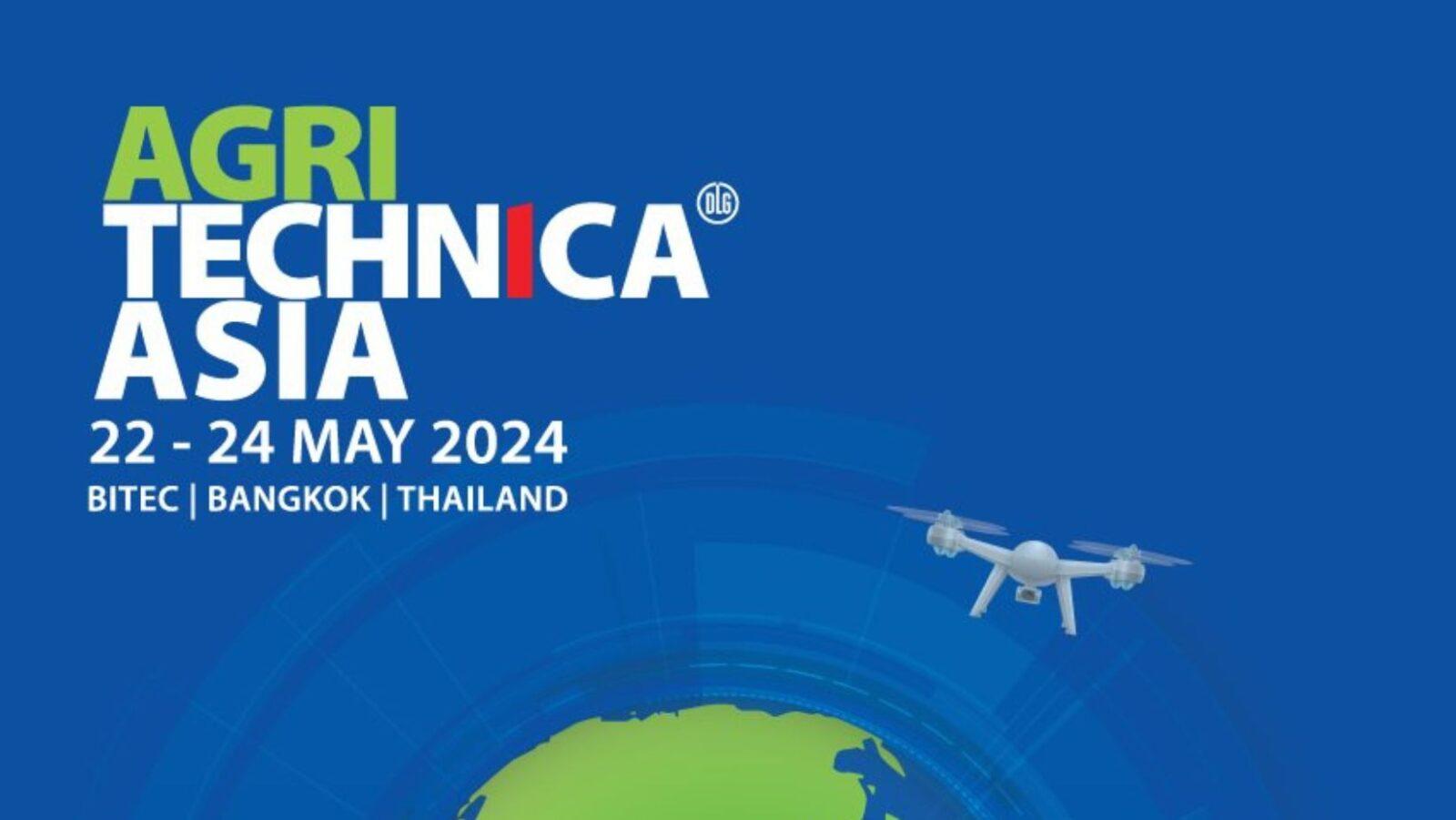•DOST-PCIEERD has partnered with several institutions to build the Philippines’ first hybrid trimaran.
•This passenger cargo ship will use energy from ocean waves to generate electricity and power itself.
•The project is expected to be completed by the third quarter of 2020.
(Updated on March 4, 2020) A joint project from the Department of Science and Technology-Philippine Council for Industry, Energy, and Emerging Technology Research and Development (DOST-PCIEERD), Aklan State University (ASU), Maritime Industry Authority (MARINA), and shipmaker Metallica Shipyard will set sail this year: the country’s first hybrid trimaran cargo vessel.
Implemented in partnership with Aklan’s local government unit and DOST’s Regional Office Number 6, construction officially began on December 4, 2018, via a keel-laying ceremony.
What’s a trimaran, anyway?
Also known as a double-outrigger, a trimaran is made up of a main hull and two smaller hulls (floats) attached to it via lateral beams. Its name is a portmanteau of “tri” (“three”) and “catamaran” (the boat type). The first trimarans are said to be Austronesian in origin, and are still used by traditional fishermen in Madagascar, Micronesia, Polynesia, and Southeast Asia.
The hybrid trimaran currently under construction in Aklan will take advantage of ocean waves to power itself. It will use the waves gathered via its floats to drive double-action hydraulic pumps and generate electricity.
Designed by Engr. Jonathan Salvador, this passenger cargo ship will be able to carry 100 passengers, 4 vans, and 15 motorcycles. The vessel will also be able to transport passengers twice as fast as an ordinary boat. Consequently, shorter trips will also mean reduced amounts of trash generated by its passengers.
According to DOST-PCIEERD Deputy Executive Director Engr. Raul Sabularse, the P76-million project will enable local researchers to study alternative energy sources. “Our search for new and viable alternative energy resources gets a boost with this ingenious endeavor,” he explained.
Full speed ahead
“We see this technology to improve the vessel’s energy efficiency, making it not only cost-efficient, but also environment-friendly,” said Salvador.
Salvador partnered with ASU to realize his wave-powered trimaran concept. The engineer designed the ship to produce more power when it encounters more waves. It will use more than one engine, as a safeguard against total engine failure. It will also be “practically unsinkable,” and can take punishment from unpredictable water environments.
At a press conference held last February, the agencies revealed that the ocean-powered boat should be ready by Q3 2020.
Cover photo: DOST-PCIEERD
References
- Official press release from DOST-PCIEERD
- http://pcieerd.dost.gov.ph/news/latest-news/304-hybrid-trimaran-to-harness-wave-energy
- https://news.abs-cbn.com/spotlight/03/03/20/look-dost-touts-developing-worlds-first-cargo-boat-powered-by-ocean-waves
- https://www.manilatimes.net/first-hybrid-trimaran-takes-off-in-ph/481670/
Author: Mikael Angelo Francisco
Bitten by the science writing bug, Mikael has years of writing and editorial experience under his belt. As the editor-in-chief of FlipScience, Mikael has sworn to help make science more fun and interesting for geeky readers and casual audiences alike.







